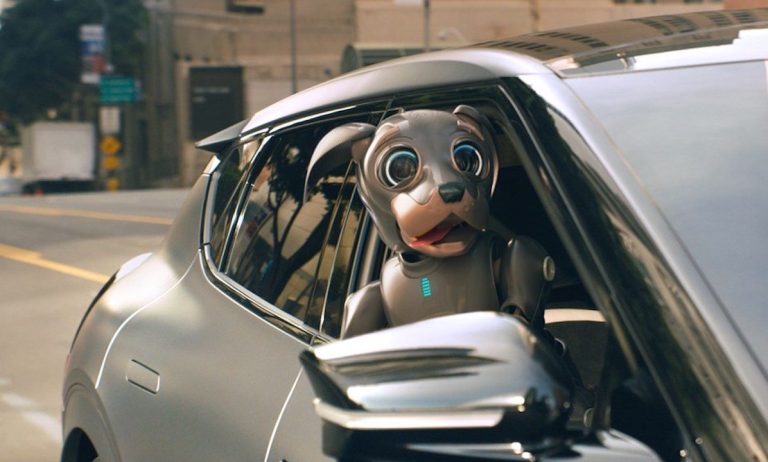
For advertisers and the brands they work for, the Super Bowl is, well, the Super Bowl.
With NBC charging upward of $6 million for a 30-second spot (Cincinnati Bengals quarterback Joe Burrow, for comparison, pulls in about $9.5 million a year) for an event that’s expected to pull in an audience of close to 100 million this year, the stakes are certainly high. Get it right, and people will be talking about your ad for years to come. Get it wrong, and they’ll forget about your multimillion-dollar investment quicker than you can say “wardrobe malfunction.”
It’s no surprise then, that creatives and developers around the world work overtime every year, crafting spots that set the agenda for brands’ whole marketing budgets and using every technological tool in their playbooks.
This year, it seems, more and more brands are venturing into augmented reality (AR), supplementing ads to take the content off viewers’ flatscreens and into their physical surroundings. Automakers, in particular, are betting big on AR in an effort to kick off truly iconic campaigns that make consumers laugh, cry, think — and, hopefully, see their local dealers about a test drive.
Making a Big Splash on the Global Stage
For example, Nissan’s Super Bowl commercial will feature Eugene Levy as an everyman who says he finds coffee to be all the excitement he needs — until he comes across a 2023 Nissan Z. Taking the company’s all-new sports car for a spin, he is transformed into an action film star, according to a press release.
The automaker will expand upon this with an AR Snapchat lens inspired by the Thrill Driver commercial. When pointed at any vehicle before or during the Super Bowl, this Snapchat lens will make the Nissan Z from the mock action movie appear onscreen alongside the viewer’s real-world surroundings seen through the device.
“We wanted to show how one ride in a Nissan can truly change everything,” Allyson Witherspoon, vice president and chief marketing officer at Nissan U.S., said in the release. “This is a launching point for the Nissan Ariya and Z, and we will make a big splash on this global stage.”
Bringing Characters Into the Viewer’s Home
Kia, too, will use AR to bring a character from its Super Bowl commercial into the viewer’s own surroundings, according to a separate press release. The automaker’s commercial for its EV6 electric vehicle features an animated robotic puppy called Robo Dog that chases the EV6, runs out of energy and is then recharged by the driver using the vehicle’s onboard charger.
The automaker’s campaign boosting this commercial includes two tech elements. One is a Robo Dog “Turn Around Dance” on TikTok in which viewers can dance with Robo Dog. The other is an AR experience — which Kia dubs “Robo Dogmented Reality” — in which users can scan a QR code to bring Robo Dog into their home when viewed through a device.
“To introduce over 100 million viewers to the Kia EV6, we wanted to juxtapose the future with the emotions that we all know and understand today — the love that can be shared between a human and an animal,” Russell Wager, vice president of Marketing at Kia America, said in the release.
Engaging Viewers in Extraordinary, Interactive Experiences
Kia and Nissan are not alone in using AR to promote their vehicles. AR is being used in several ways by automakers to give potential customers a chance to explore their vehicles as if they were in a showroom and experience the car in motion as if they were on the road.
A company called 8th Wall that developed the web-based AR (WebAR) technology used for a game recently distributed by Volkswagen, has also provided the tools that other automakers use to engage with potential customers and others.
Read more: Automakers Use Augmented Reality to Engage Car Shoppers, Sales Staff
“WebAR opens up new ways to connect with users by engaging them in extraordinary, interactive experiences anywhere they are — with no app required,” the company said on its website.